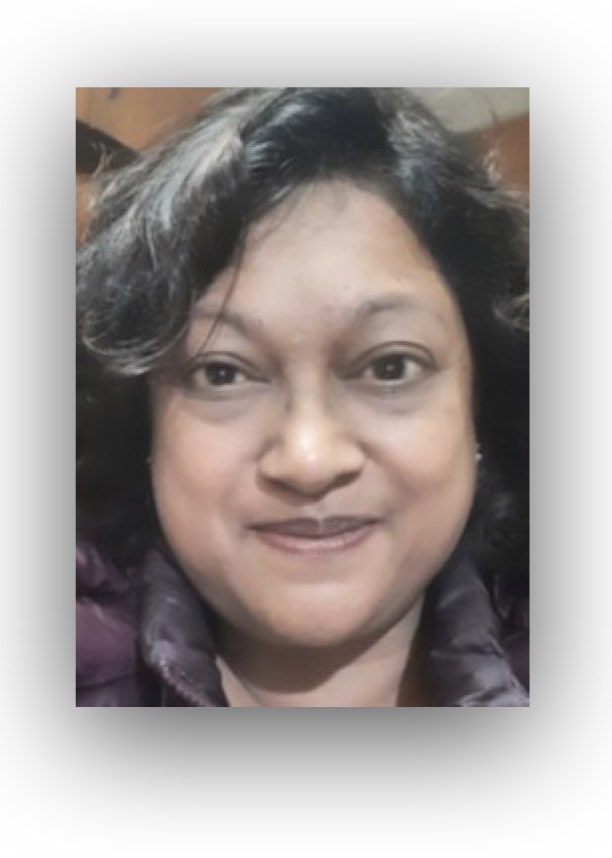The Creation Myth of the Santals by Ivy Hansdak
Folklore Foundation Lokaratna Volume VIII 2015
pp. 14-18 1. | To read the full article and other contributions, click here >>“This paper will apply some theoretical approaches of Myth Studies to the study of the Santal creation myth, particularly those formulated by Mircea Eliade. […]
A myth may be defined as a story that serves to connect individuals to their cultures and to explain natural and supernatural phenomena, including the creation of the world and the origin of humans. […]
By hearing, reading and re-enacting a myth, the people are taken back magically to the time when it first occurred. This return to primordial time reunites them to their gods and their ancestors. Through this reunion, they are regenerated or renewed spiritually. […]
As with the oral traditions of many tribal groups in India, several documented versions of the Santal creation myth have also existed. Today, two main versions of it are generally known to anthropologists. Both were documented by European missionaries in the late nineteenth century. In spite of their divergences, both versions are accepted within contemporary Santal society.” […]
The narrative goes on to speak of the marriages between these boys and girls, which resulted in the formation of the first seven paris (septs), namely, Hansdak‘, Murmu, Kisku, Hembrom, Marndi, Soren and Tudu. […]
Mircea Eliade‘s theory of myth as sacred history is particularly useful in understanding the significance of this creation myth. Here, a primitive culture uses story-telling as sacred ritual. […]
Contributors
Hansdak, Ivy Imogene (Ms/ Dr), hails from Dumka, Jharkhand. She completed M.Phil and PhD from the Centre for English Studies, Jawaharlal Nehru University, New Delhi and is presently employed as Asst Prof in English at Jamia Millia Islamia, New Delhi. Her areas of interest are Tribal Literature, Indian Christian Literature, Subaltern Studies and Women’s Autobiography. She is also a poet and a translator. She has one poetry collection in English to her credit titled The Golden Chord (Writers Workshop, Kolkata, 2010). She is also involved in translating short stories from her mother tongue, Santali/ Santhali, into English; her translation of Sunder Manoj Hembrom’s short story “Night Bus to Bengal” has been published.
Source: Lokaratna_08.pdf
Address: https://himalaya.socanth.cam.ac.uk/collections/journals/lokaratna/pdf/Lokaratna_08.pdf
Date Visited: 15 November 2021

“[A] common perception of conversion, prevalent in India, is that all conversions take place only among deprived lower caste or tribal groups, which are considered more susceptible to allurement or coercion. The reality of upper caste conversions is ignored in this climate of cynicism.”– Dr. Ivy Imogene Hansdak in Pandita Ramabai Saraswati: the convert as ‘heretic’ | More about the effects of “casteism” >>
Learn more
Adivaani (platform for indigenous expression and assertion)
Biodiversity and development – Jharkhand
Education and literacy | Right to education
Ghosaldanga Bishnubati Adibasi Trust
Hul (Santal rebellion 1855-1856) | Tribal freedom fighters
Literature and bibliographies | Literature – fiction | Poetry
Santal | Santal Parganas | The Santals by Boro Baski
Video | Hul Sengel: The Spirit of the Santal Revolution (1855)
Video | Poetry reading by “Marshal” Parimal Hembram – West Bengal